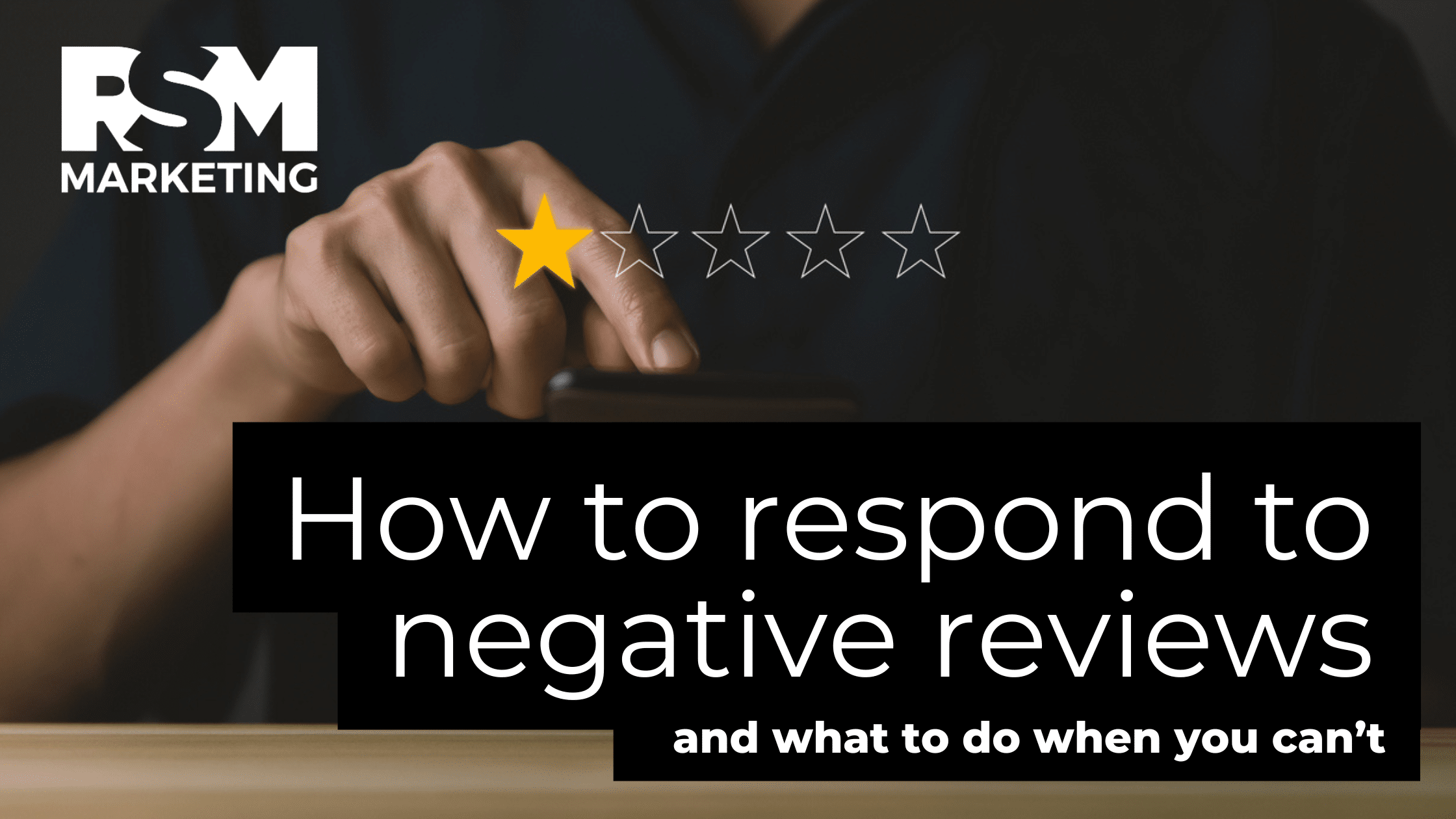The Three Categories of Online Content
Service Content
Service content lets the visitor know who you are, where you are at and what you do. This is traditionally done on the ‘About Us’ and ‘Services’ pages. It is also a smart idea to have some service content on your main landing page. Service content should include major keywords relating to your business or brand and be very straightforward.
Credibility Content
This is where you talk about what sets you apart from the competition. Why should a prospect choose your service or product over the competitors? Credibility content can include testimonials, reviews, awards received, and anything else that proves you to be a trustworthy company.
Marketing Content
Marketing content is what helps establish your business as an expert within your specific niche. This comes in the form of blog posts, ebooks, white papers, infographics, podcasts, and video. Creating marketing content is something that needs to be done consistently and often. It is what will pull buyers into your sales funnel.
What Your Content Needs to Succeed
1. Balanced Blog Posting
One of the most popular forms of marketing content is blog posting. We tend to see a lot of confusion about how often to blog and how much to write within a blog post, so we decided to give you a little insight.
More blog content equals more things for people to read and that will turn into more traffic, right? Right, but what happens when someone blogs too often is they start creating duplicate content and reuse keywords without even realizing it. This pushes down the ranking of the post. Google can tell you are trying to get higher up in their search results by posting frequently, but they don’t reward duplicate content-accidental or otherwise.
A good solution to this issue is to take a hard look at your blog ideas, do some keyword research and see which ideas can be combined into one post. You can usually create a high-quality 1500-2000 word post by utilizing multiple ideas that are extremely informative. Instead of doing eight blog posts a month at 500+ words, try posting four with 2000+ words and see what happens.
On the flip side, not posting enough content could cause your site to not get much love from Google. If you make one 500 word blog post a month, that is totally fine, but just know that adding another 2000 words will make that one post perform better. It will take more work, but your chance of somebody seeing that post and entering your sales funnel goes up exponentially. This also increases your chances of building links.
2. Link Building
One thing that always makes Google swoon are quality backlinks: enter link building. Links are one of the most important factors affecting your Google ranking. Building high-quality backlinks with reputable, preferably high ranking, websites will improve your ranking ten-fold.
What is a Backlink?
Let’s say you own a small real estate company and write a thorough, well-researched blog post about millennials buying houses. Forbes or Reece Nichols then finds your post and chooses to add it to their content related to millennials buying houses; that is a high-quality backlink. On the flip side, if a company with a less than desirable reputation links your post, you could be penalized by Google.
How Do You Get Backlinks?
Getting great backlinks isn’t the easiest thing in the world, but it also isn’t the hardest. Here are some techniques you can implement in order to rake in some backlinks.
- Go Old School and Reach Out
- Write a high-quality piece of content.
- Google your keyword from that content.
- Take a look at who pops up in the top spots of that Google search and run their URL through your chosen analysis tool to see how many backlinks they have. The more, the better. Backlinks = authority.
- Look for broken links on their site. You can do this quickly through Check My Links which is available as a Chrome extension.
- Find an email address in the footer or on the contact page (do not use the contact form unless you think it is necessary). You can also try to reach out to the page author/company via social media, but email is ideal.
- Send them an email letting them know that they have a broken link and you have content that might make for a good replacement. Make sure this email is personalized, professional, to the point, and has a little bit of personality.
Another effective way to get backlinks is by using infographics. People love infographics, and they tend to get shared more often than any other type of content.
- The Skyscraper Technique
The skyscraper technique isn’t too far off from the way of link building mentioned above, but it does have a little twist.
- Instead of writing a high-quality piece of content and then searching for places it could be linked; find a high-quality piece of content that has already been written with your keyword by doing a simple Google search. Click on that first search result and analyze the content.
- Once you find the right type of content, figure out how you can make that content better. Could you write a longer piece? Is the content on that page a little out of date? How does the formatting look? Does the content contain images, graphs, etc.? Find out what you can do to make the content better.
- Reach out to the right people. You will do this in a more systematic way than you would with the old school technique.
In order to get the backlink you want using the skyscraper technique, run the link to the content you are competing with through a tool like ahrefs.com and find all of the backlinks for that piece of content. Weed out the links that are in directories or on social media. Then reach out to whoever is leftover. Make sure you are diplomatic and show them how your content could be more beneficial to them.
This is a technique that has been proven to work time and time again. Just take a look at this case study from backlinko.com.
3. On-Site SEO
Some people hear SEO and instantly shut down. It can seem overwhelming and downright scary, but it is essential for any site to succeed. On-site SEO helps search engines determine what information is on your website based on the content and HTML code. Okay, we said code… don’t run off just yet, we promise this isn’t going to turn into a complicated coding lesson. There are some elements to on-site SEO that are pretty technical, (i.e. page speed, URL structure, and mobile optimization) but we are here to talk about content.
There are several things you want to look at when it comes to the SEO of your on-site content. The number one most important thing is relevancy. Look at every single one of the pages on your website and ask yourself two things:
- Is this content relevant to my brand and my business?
- If someone is searching for the topic or keywords I have chosen to add to this page, will they be pleased with what they see?
In addition to keeping your content relevant, you also should be looking at:
- Page titles
- Meta descriptions
- Ease of navigation and visual appeal
- Call to actions
- Keyword usage
- The uniqueness of your content
These elements are essential to optimizing every page of your site that contains content. Let’s talk a little bit more about each of these.
Page Titles
Page titles are the first thing that Google crawlers look at. They grab information from the page title to use on the results page. A different title should be used for each page on your website, and your company name does not have to be included in every title. Google displays 50-60 characters in a title, so keep titles short, sweet, and to the point. Titles should contain a keyword or phrase you want the page to show up for on the SERP.
Meta Descriptions
Meta descriptions are short summaries of what a specific page on your website contains. The point of a meta description is to get a user to click your link. Meta descriptions range from 150-300 characters; there is quite a bit of debate surrounding exactly how long a meta description should be, we usually shoot for around 200 characters. A good meta description should be written in an active voice and use descriptive wording. To write effective meta descriptions accurately describe what a page is about, stay in that 150-300 character range, use enticing language, and utilize your keywords.
You want the content on your page to be digestible to the user. Your web pages should be clear and allow someone to easily find more information about your brand and other important information. In addition to ease of navigation, your pages should also be visually appealing. This means adding images where appropriate, formatting your text, and using headings.
Call to Actions
Call to actions (CTAs) are something you ask the user to do after they have read the content on your page. CTAs can lead to product pages, contact forms, or offer an ebook download. A very popular CTA is the newsletter sign-up. The CTA is a way to move the user further into your sales funnel.
Keyword Usage
We could talk about keywords and phrases until we are blue in the face, but we will try to keep it short. Keywords and phrases need to be used strategically. They should be naturally included in your content and not stuffed in randomly as an attempt to boost Google rankings.
It is becoming increasingly more competitive to rank for single keywords. For example, let’s say you want to rank for the keyword “marketing” this keyword will be extremely hard to rank for because it has been used many times by so many companies (1.1 billion results come up on Google for it). Instead, use something we call a long-tail keyword this could be something like “B2B marketing in the Midwest“. Click here to learn more about long-tail keywords.
You should also know that Google is starting to recognize synonyms and similar phrases to keywords, so it is important to avoid saying the same thing over and over. It will only hurt your Google ranking in the long run. The point is to use your keywords authentically, and don’t try to trick Google into giving you a higher ranking.
Uniqueness of Content
Creating unique, authentic content is extremely important. First and foremost, don’t copy and paste content from another site onto any of your pages unless you are quoting a specific person, study, or source and it is cited correctly. This may seem like common sense, but we see it happen time and time again, it is plagiarism and even if the user doesn’t know content has been plagiarized, Google will. Make sure your content is written in your voice and if you are nervous about plagiarism, run the content through a tool that will check to see if anything has been plagiarized.
Writing unique content can be a challenge, you can always outsource these endeavors to ensure that you have content on your site that is professionally written and uniquely yours.
You want your content to be seen for the right reasons by the right people. Creating successful content can seem like a pretty big undertaking, but if you cover all of your bases and implement the right practices, you will see your traffic and conversions increase.





